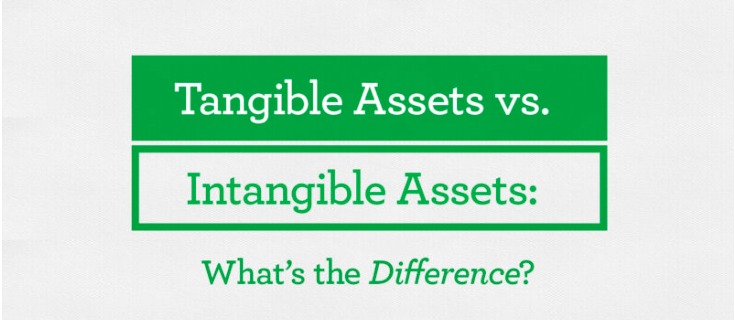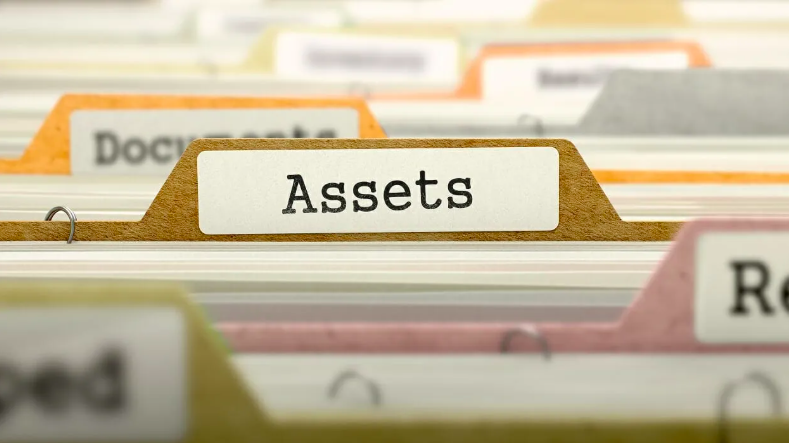
Understanding Cap Rates: A Beginner’s Guide for Investors
If you’re diving into real estate investing, you’ve likely come across the term “cap rate” (short for capitalization rate). It’s one of the most important metrics for evaluating the profitability of an investment property. But what exactly is a cap rate, and how can you use it to make smarter investment decisions? This beginner’s guide will break it down for you in simple terms.
What Is a Cap Rate?
The cap rate is a metric used to estimate the potential return on investment (ROI) of a property. It measures the relationship between a property’s net operating income (NOI) and its current market value or purchase price.
In simple terms:
A cap rate tells you how much income a property is generating relative to its price.
It’s expressed as a percentage, making it easy to compare different properties.
How to Calculate Cap Rate
The formula for cap rate is straightforward:
Cap Rate = (Net Operating Income / Property Value) x 100
Step 1: Calculate Net Operating Income (NOI)
NOI is the annual income generated by the property after subtracting operating expenses (but before mortgage payments or taxes).
NOI = Gross Rental Income - Operating Expenses
Gross Rental Income: Total rent collected from tenants.
Operating Expenses: Costs like property management, maintenance, insurance, and property taxes.
Step 2: Determine Property Value
This is the current market value or purchase price of the property.
Step 3: Plug the Numbers into the Formula
For example, if a property generates 30,000inNOIandisvaluedat30,000inNOIandisvaluedat400,000:
Cap Rate = (30,000/30,000/400,000) x 100 = 7.5%
What Does the Cap Rate Tell You?
The cap rate provides insight into the property’s profitability and risk level:
Higher Cap Rate:
Indicates a higher potential return on investment.
Often associated with riskier properties or markets (e.g., older buildings, less desirable locations).
Lower Cap Rate:
Suggests a lower return but may indicate a safer, more stable investment (e.g., newer properties in prime locations).
Why Cap Rate Matters for Investors
Cap rate is a valuable tool for comparing properties and assessing their potential. Here’s why it’s important:
Evaluating Profitability:
Helps you determine if a property is a good investment based on its income potential.
Comparing Properties:
Allows you to compare different properties or markets objectively.
Assessing Risk:
Higher cap rates may indicate higher risk, while lower cap rates suggest stability.
Setting Investment Goals:
Helps you decide whether to prioritize cash flow (higher cap rates) or long-term appreciation (lower cap rates).
Limitations of Cap Rate
While cap rate is a useful metric, it’s not perfect. Here are some limitations to keep in mind:
Doesn’t Account for Financing:
Cap rate ignores mortgage payments, so it doesn’t reflect your actual cash flow if you’re using a loan.
Ignores Future Growth:
It’s based on current income and value, so it doesn’t account for potential rent increases or property appreciation.
Market-Specific:
Cap rates vary by location and property type, so what’s considered “good” in one market may not be the same in another.
Factors Influencing Cap Rates
Cap rates are not static. Several factors can affect a property’s cap rate, including:
- The Economy:
Cap rates fluctuate with economic cycles. In times of economic growth, cap rates tend to be lower, while in downturns, they rise as real estate prices drop and risk increases. - Location:
Different markets have different cap rate averages. For example, properties in high-demand cities like Lagos or Abuja may have lower cap rates due to strong demand, while properties in less competitive markets may offer higher cap rates. - Property Type:
Different types of commercial properties, such as retail, office, and industrial, each have their typical cap rate ranges based on supply and demand, maintenance costs, and tenant profiles.
What’s a Good Cap Rate?
The ideal cap rate depends on your investment goals and the local market. Here’s a general guideline:
4%–6%: Low-risk, stable markets (e.g., prime urban areas).
7%–10%: Moderate-risk markets with solid cash flow potential.
10%+: Higher-risk markets or properties requiring significant repairs.
Pro Tip: Research the average cap rates in your target market to set realistic expectations.
How to Use Cap Rate in Your Investment Strategy
Here’s how to apply cap rate to make smarter investment decisions:
Screen Properties:
Use cap rate to quickly evaluate whether a property is worth further consideration.
Compare Markets:
Compare cap rates across different neighborhoods or cities to identify the best opportunities.
Negotiate Prices:
If a property’s cap rate is lower than the market average, you may be able to negotiate a lower purchase price.
Assess Risk:
Use cap rate to balance your portfolio between high-risk, high-return properties and stable, low-risk investments.
Real-World Example
Let’s say you’re comparing two properties:
Property A:
Purchase Price: N500,000
NOI: N40,000
Cap Rate: (40,000/40,000/500,000) x 100 = 8%
Property B:
Purchase Price: N600,000
NOI: N45,000
Cap Rate: (45,000/45,000/600,000) x 100 = 7.5%
In this case, Property A has a higher cap rate, indicating a better return relative to its price. However, you’d also want to consider factors like location, condition, and growth potential before making a decision.
Final Thoughts
Understanding cap rates is essential for any real estate investor. It’s a simple yet powerful tool for evaluating a property’s profitability, comparing investments, and assessing risk. However, it’s just one piece of the puzzle—be sure to consider other factors like location, market trends, and your long-term goals when making investment decisions.
By mastering the cap rate, you’ll be better equipped to identify lucrative opportunities and build a successful real estate portfolio.
Call to Action:
Ready to learn more about how Bamigbola Consulting can assist with your next real estate investment? Contact us today for expert guidance on financing and property evaluation.

 February 24, 2025
February 24, 2025



